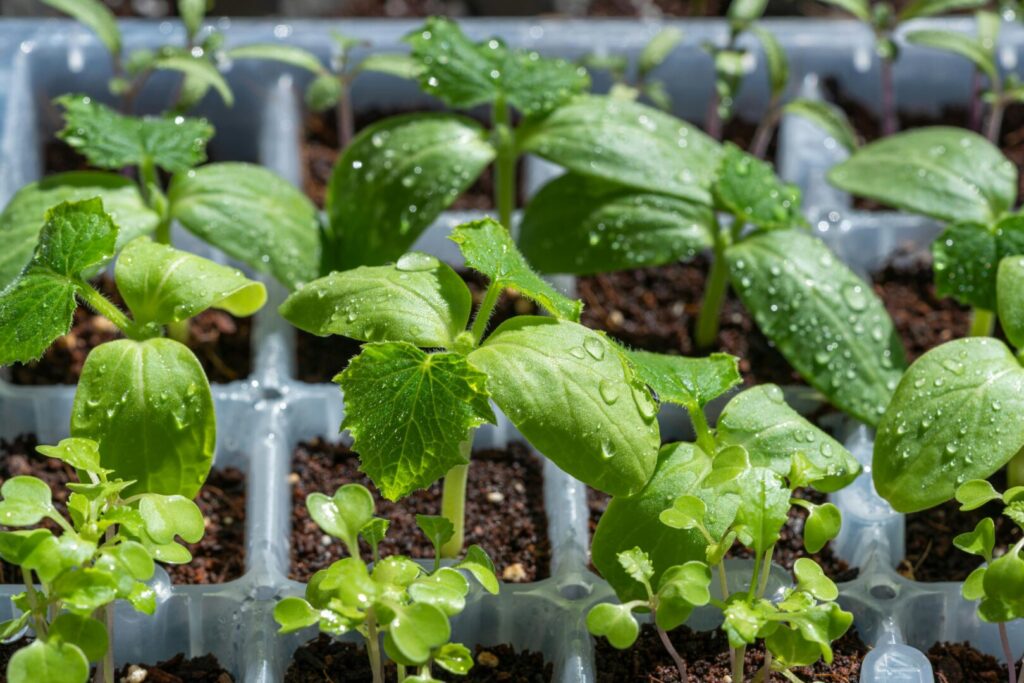Microbial biostimulants have taken on a fundamental role in sustainable European agriculture. These compounds are included in the new Regulation (EU) 2019/1009, as long as they meet the requirements of Component Material Categories (CMC) 7, reserved for microorganisms.
Currently, European regulations only allow four groups of microorganisms for the use in biostimulants registered as CE products:
- Azotobacter spp.
- Azospirillum spp.
- Rhizobium spp.
- Mycorrhizal fungi
These microorganisms must be used without modifications other than drying or lyophilisation, ensuring their biological integrity and safety for plants, animals, humans, and the environment.
Expansion of CMC 7:
The European Commission’s Directorate General for Internal Market, Industry, Entrepreneurship and SMEs (DG GROW) ordered a technical study to the Austrian Institute of Technology (AIT) with the aim of updating and expanding the list of authorised microorganisms.
The main purpose of the study is to define a scientific and regulatory assessment methodology that allows new microorganisms to be incorporated into Annex II of Regulation 2019/1009, ensuring the safety and agronomic efficacy of future candidates.
Development of the Assessment Methodology:
AIT’s work is structured into four main tasks:
- TASK 1 – Design of an assessment methodology adapted to existing European criteria for microorganisms already in use.
- TASK 2 – Selection of candidate microorganisms previously proposed by European companies through the EU Survey.
- TASK 3 – Evaluation of the microorganisms selected in Task 2, following the methodology developed in Task 1.
- TASK 4 – Drafting of concrete proposals for amendments to Annex II of Regulation (EU) 2019/1009, which will include the newly validated microorganisms.
Market potential evaluation:
One of the first steps is to determine whether the candidate microorganisms are commercially relevant within the EU internal market. Therefore, their current use in products authorised in one or more Member States must be considered.
It must also be evaluated whether the candidate microorganism poses a risk to human, animal and plant health, safety and the environment.
Finally, the microbial biostimulant product containing the candidate microorganism will be assessed to determine whether it can be agronomically effective.
This process does not exclude lesser-known microorganisms but allows the prioritisation of those with the highest potential impact.
Study perspectives:
During 2024 and 2025, the AIT organised several workshops with experts, companies and representatives of the European Commission. During these sessions, participants emphasised the importance of developing methodologies that support innovation, accelerate market access, and address overlaps among microorganisms.
The research team expects to finalise the methodology in 2026, with the expectation that the first new microorganisms can be officially added to CMC 7 in 2027. This will be a key regulatory step for the biostimulant industry in Europe, expanding opportunities for product development and commercialisation.
The initiative by DG GROW and AIT represents a decisive step towards a more inclusive regulatory framework that is science-based and open to innovation. The extension of CMC 7 will not only benefit biostimulant manufacturers, but will also boost European agricultural sustainability by promoting the use of safe and effective microorganisms that improve productivity and reduce dependence on chemical inputs.
At Sun Chemicals Services, we are closely following the progress of this study and supporting the expansion of CMC 7 as a way to promote competitiveness and innovation in the biostimulant sector.
October 2025
Sun Chemicals Services Team
#EuropeanRegulation #2019/1009 #Fertilisers #Biostimulants #CMC7 #Microorganisms #DGGrow #AIT #SunChemicals


